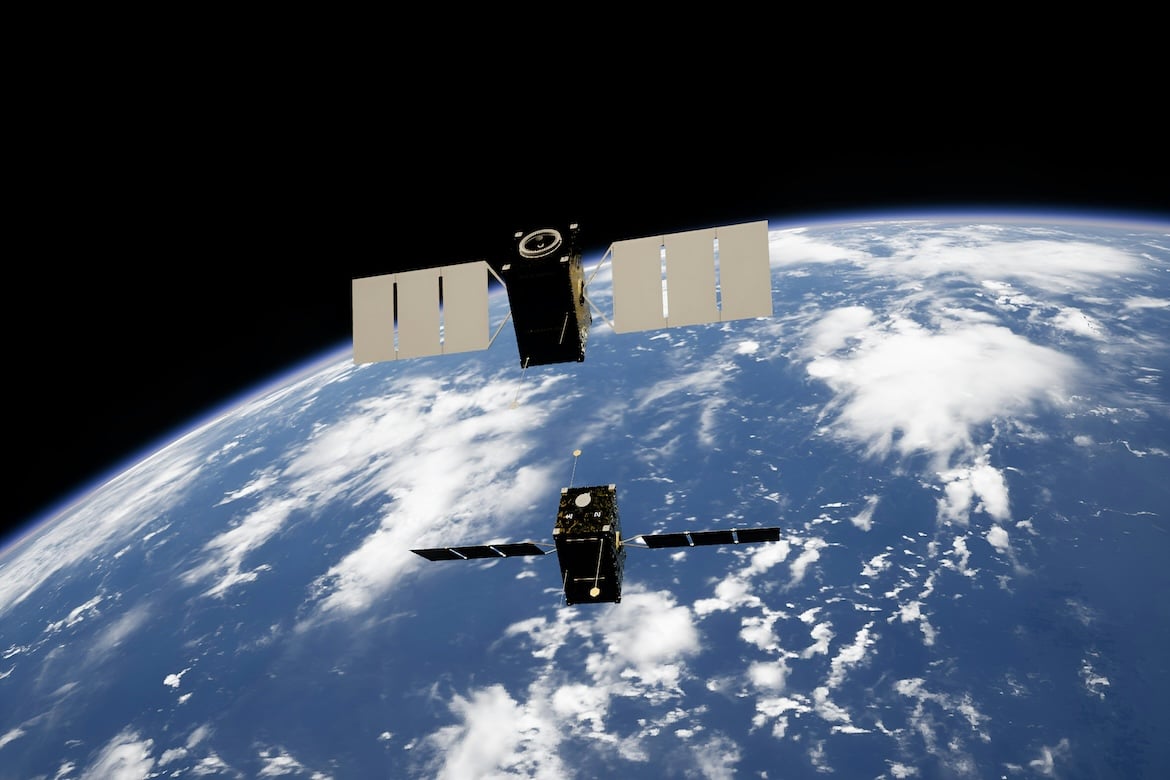This week’s list of top data news highlights covers August 16, 2025 to August 22, 2025 and includes articles on diagnosing health problems faced by astronauts while in space and using birdsong to examine ecosystem biodiversity.
1. Automating Catch Monitoring
Archipelago Marine Research in Canada has developed FishVue AI, a system that uses computer vision to analyze footage from electronic monitoring cameras on Alaskan fishing vessels. Trained to detect sablefish and halibut caught on fixed gear, the tool replaces the manual review once done by human observers. Automating this process makes compliance monitoring faster and less costly, easing financial pressure on the fishing industry.
2. Training Scientists with Virtual Reality
Arizona State University in Tempe has introduced Dreamscape Learn, a virtual reality platform that immerses students in interactive scientific problem-solving. The program places learners inside narrative scenarios where they visualize molecular processes and conduct experiments not possible in traditional labs. Already used by more than forty thousand biology students, the tool is expanding into chemistry to help students grasp complex concepts and see themselves as future scientists.
Padiberas Nasional Berhad, Malaysia’s national rice company, has launched Project Rakan Tani, a WhatsApp-based AI tool for paddy farmers. The system applies machine learning to farm work schedules and cultivation data to generate tailored text messages based on each field’s location, crop variety, and growth stage. By delivering real-time, context-specific guidance on soil care, pests, and weeds, smallholders can improve yields.
Wyke Farms, the UK’s largest independent cheese producer, has become the first to pilot an AI system that translates birdsong into biodiversity data across its farms. The technology, developed by Chirrup.ai, identifies bird species from audio recordings and uses their presence as ecological indicators of soil health, water quality, and habitat condition. By translating changes in bird populations into measurable ecosystem data, it gives farmers a simple way to track environmental progress and support regenerative practices.
5. Cutting Emissions in Potato Farming
Cropin, an agricultural AI company based in India, is piloting its precision farming platform with potato growers in the UK, Germany, and Denmark. The system combines crop-specific intelligence with data from satellites, sensors, and weather stations to deliver daily, plot-level recommendations on irrigation, fertilizer use, and soil management.
6. Monitoring Water Levels in Argentina
The city of Córdoba in Argentina has installed its first flood-monitoring sensor on the Suquía River to protect residents from sudden rises in water. The device, built by local startup Pampa 4, uses Internet-connected technology to measure water levels in real time and send instant alerts when they get too high. It can also trigger safety barriers, sirens, and electronic signs automatically, giving the city faster ways to warn people and prevent damage in flood-prone neighborhoods.
7. Diagnosing Astronauts in Space
NASA and Google are testing an AI-powered medical assistant to help astronauts diagnose and treat health problems during long missions to the moon and Mars. Trained on spaceflight medical literature, the system uses natural language processing and machine learning to analyze reported symptoms and suggest evidence-based responses in real time. By giving crews autonomous medical support when communication with Earth is delayed, it could improve safety in space and in remote environments on Earth.
IBM and NASA have released Surya, an open-source AI model trained on high-resolution solar images to forecast space weather. The system analyzes massive datasets from NASA’s Solar Dynamics Observatory to detect solar flares and coronal mass ejections, improving classification accuracy by 16 percent and predicting flares up to two hours in advance. Surya helps researchers anticipate storms that can disrupt satellites, GPS, power grids, and aviation, protecting critical technology from solar hazards.
Google and German retailer Zalando created Project Muze, an AI system that designs clothing based on personal inputs like gender, mood, interests, and art preferences. The system learns from large amounts of fashion data—such as colors, styles, and popular trends—and then generates clothing patterns tailored to each user.
10. Avoiding Satellite Collisions
The European Space Agency is testing an AI system called CREAM that acts like air traffic control for satellites. It automatically evaluates collision risks, generates avoidance maneuvers, and coordinates communication between operators when two spacecraft are on track to collide. By replacing today’s manual, fragmented process, it provides the technological foundation for safer, standardized space traffic management.

